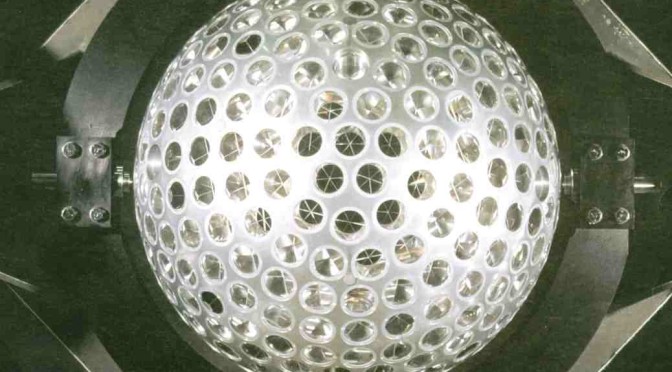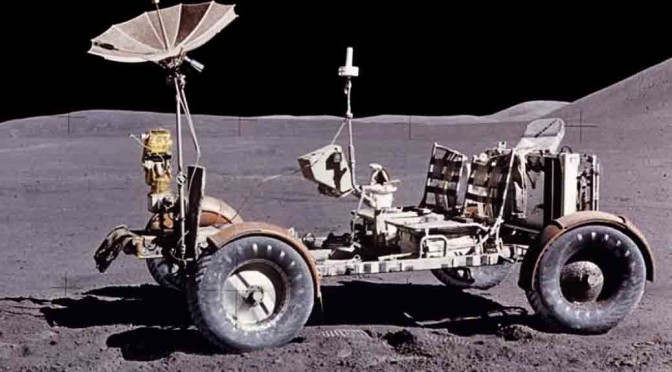By Anupum Pant
Thanks to the LAser GEOdynamics Satellite or LAGEOS 1 developed by NASA, we can rest assured that a message ensconced in it will be received by our descendants 8 million years from now, when the satellite is estimated to crash land on Earth.
Note: LAGEOS 2 was a joint effort by NASA and ASI of Italy
Background
Structure: LAGEOS is basically a heavy metal ball measuring 60 cm in diameter containing no electronics or any sensors whatsoever. Its body is made up of aluminum and the internal core is made of brass. The brass core has been used to make sure that it weighs enough to do its job properly – the complete satellite weighs around 400 kg. The outer part is embedded with 422 reflectors. These reflectors make sure that the craft reflects back the light (laser) shone at it, to its source with minimum scattering.
Purpose: The primary purpose of the satellite isn’t to send a message to our future races, rather the satellite has been put up on orbit around the Earth to monitor several kinds of changes in long-term data like – exact shape of the planet, motion of tectonic plates, gravitational field measurement, measurement of the Earth’s wobble etc. This is done by sending laser pulses towards it from bases around the world located in US, Mexico, France, Germany, Poland, Australia, Egypt, China, Peru, Italy, and Japan. These laser pulses are reflected back to the Earth bases by those 422 reflectors. As the satellite has a very stable orbit, the measurement of time difference taken to send and receive the laser pulse gives away a lot of useful information.
The message plaque:
Quoting from the NASA’s website:
LAGEOS 1 also contains a message plaque addressed to human and other beings of the far distant future with maps of the Earth from 3 different eras – 268 million years in the past, present day, and 8 million years in the future (the satellite’s estimated decay date).


